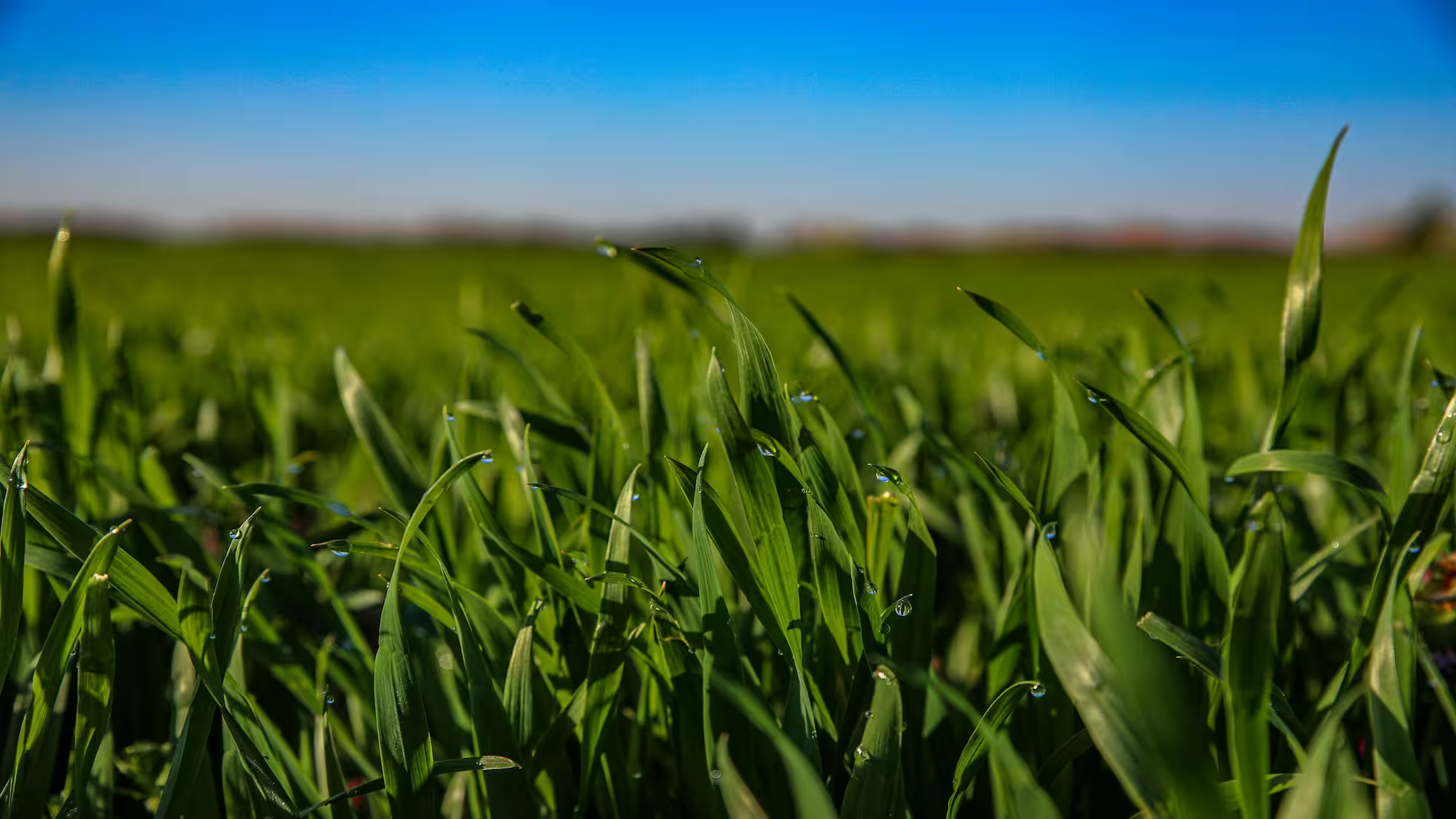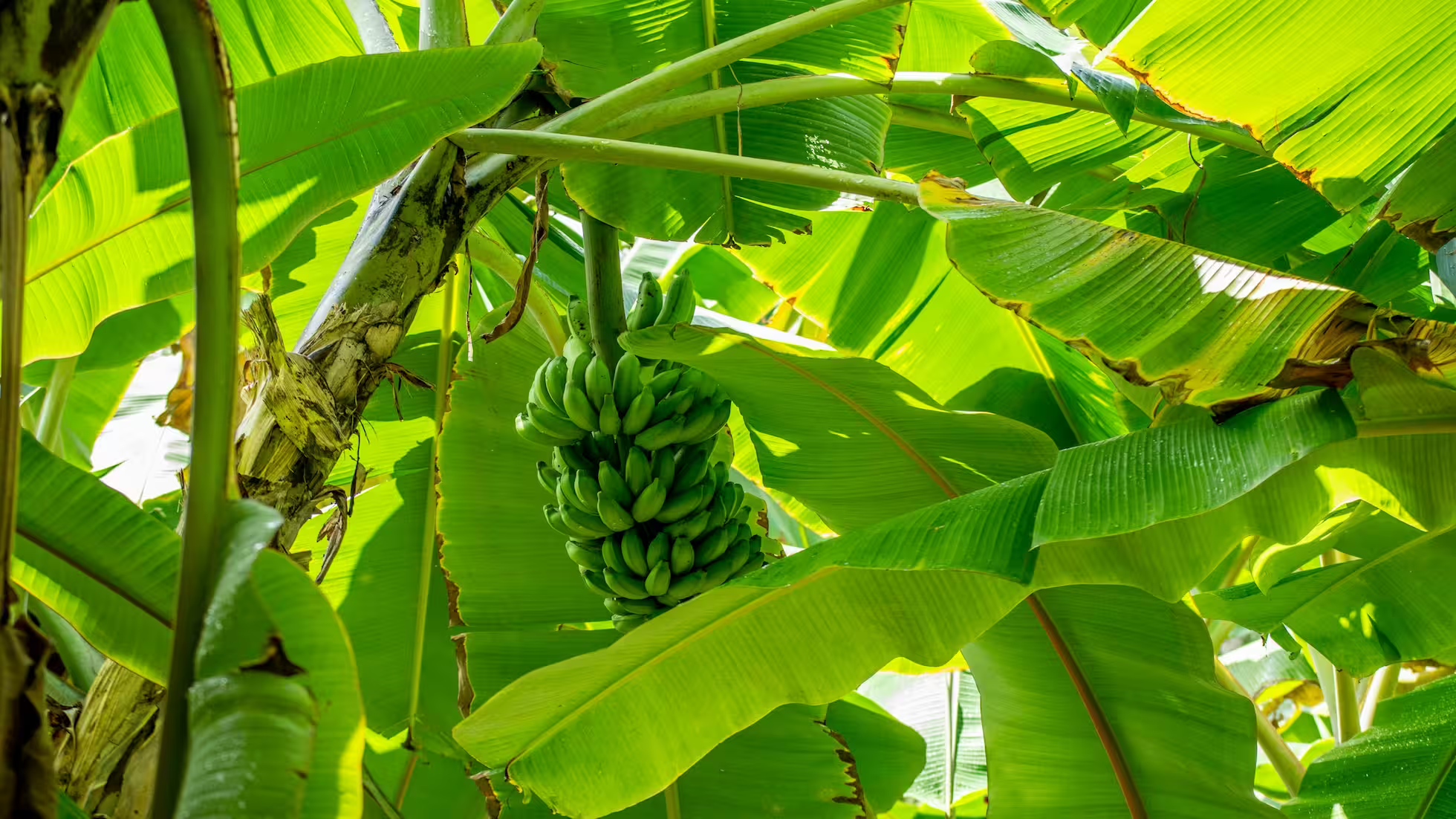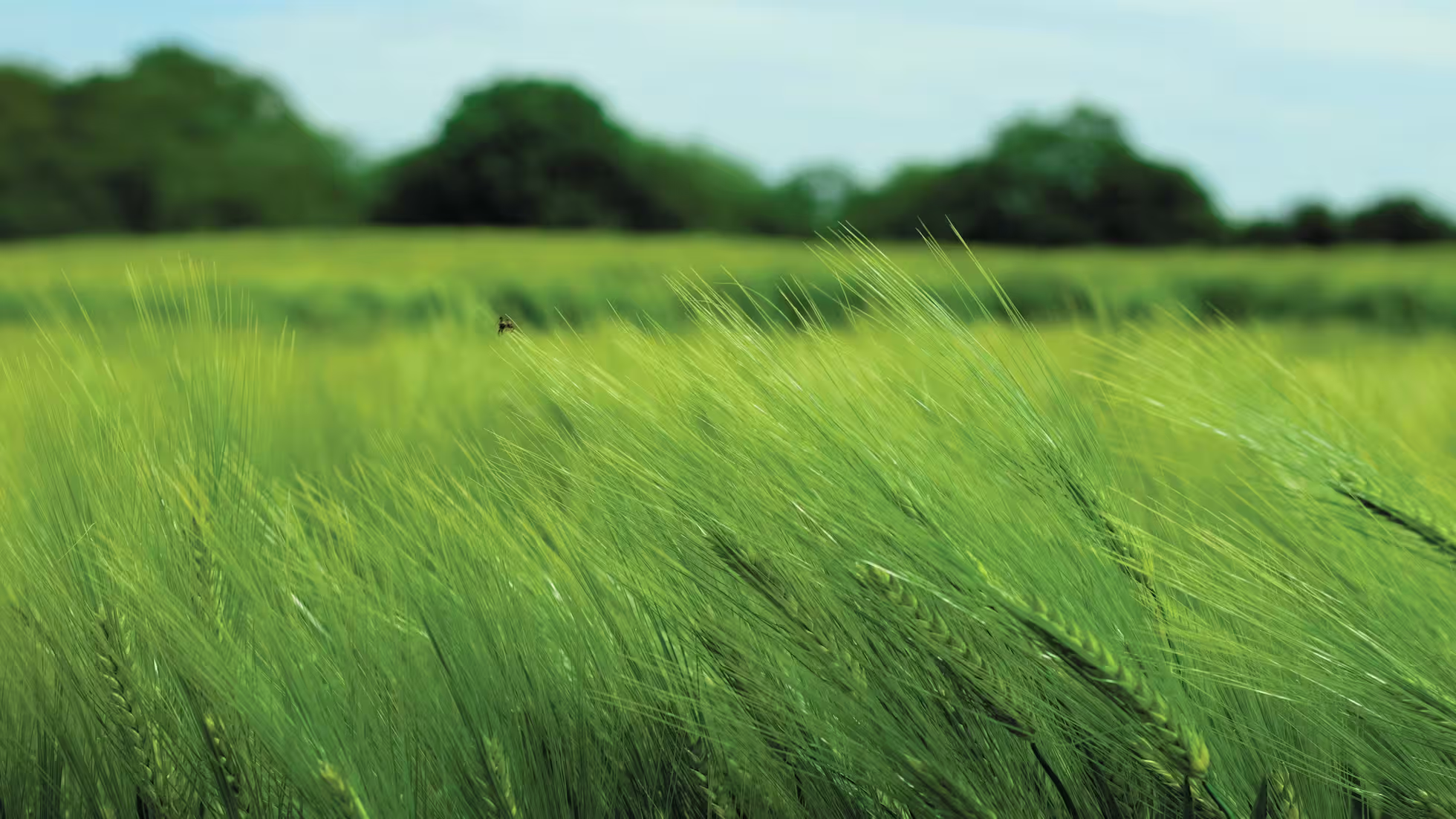Key Points of Winter Wheat Planting Management Techniques

By adopting scientific and effective planting and management techniques for winter wheat, it is possible to ensure safe overwintering and achieve stable and high yields, laying a solid foundation for next year’s food security.
1. Improvement and Management of Sowing Quality
(1) Fine Land Preparation
Land preparation is the first step in winter wheat planting, and its quality directly affects the emergence rate and growth condition of the wheat. Different land preparation methods should be applied based on local soil types, previous crop types, and climatic conditions. After harvesting the previous crop, straw should be crushed and treated promptly, ensuring the length of the straw is controlled within 5 cm to facilitate subsequent plowing or rotary tillage operations. Deep plowing can effectively break the plow layer, increasing soil looseness and aeration. The depth of deep plowing should be maintained at more than 25 cm. Additionally, deep plowing should be conducted every 2-3 years to improve soil structure and increase the absorption capacity of water and nutrients.
(2) Selection and Application of Quality Seeds
Quality seeds are the foundation of high yields. The selection of winter wheat varieties should fully consider local climatic conditions, soil fertility, pest and disease occurrence, and market demand. In arid areas, drought-resistant varieties should be chosen; in rainy and waterlogged areas, moisture-resistant and lodging-resistant varieties should be selected. New varieties should be actively introduced, tested, and promoted to continuously optimize the planting structure, improve the resistance of wheat, and enhance the potential for increased yield. During the introduction of new varieties, the results of regional trials and demonstrations should be combined to select suitable varieties for promotion, ensuring the adaptability and stable high yield characteristics of the varieties.
(3) Seed Treatment Techniques
To reduce the incidence of pests and diseases during the growth period of wheat, seed treatment with chemicals is necessary. The selection of chemical agents should be based on the type of pests and diseases, climatic conditions, and disease resistance of the variety. Treatment methods include seed coating and chemical dressing, which can effectively increase the germination rate and disease resistance of plants. For areas with frequent outbreaks of multiple pests and diseases, mixed chemical agents can be used for seed dressing to achieve “one treatment, multiple effects.” Treated seeds should be sown as soon as possible to ensure the efficacy of the chemicals and reduce residual chemical effects on the environment.
(4) Moisture-Appropriate Sowing Strategy
The key to successful sowing lies in selecting the appropriate soil moisture level and sowing depth to ensure smooth wheat emergence and healthy growth. For fields with insufficient moisture, pre-sowing irrigation is required to create suitable soil moisture conditions, thereby improving the germination rate and uniformity. In fields with excessive moisture, drainage should be done first to prevent seed rot or seedling gaps caused by high soil moisture content. Depending on soil characteristics, no-till, narrow-row, or wide-row broadcasting methods can be used to optimize seedling growth environments.
(5) Timely Sowing
Timely sowing is essential for ensuring safe overwintering and achieving high yields in the following year. The determination of the sowing period should consider the growth characteristics of the wheat variety, local temperature changes, and accumulated temperature conditions. Winter and semi-winter varieties generally require an effective accumulated temperature of 550-650°C before winter, while spring varieties require 500-550°C. Early sowing may result in excessive growth, while late sowing may affect seedling overwintering. Therefore, sowing time should be arranged reasonably to ensure that wheat has sufficient cold resistance before winter.
(6) Scientific Fertilization and Nutrient Management
The nutrient requirements of wheat vary depending on soil type, yield targets, and climatic conditions. Therefore, fertilization should follow targeted management measures. The application of major elements such as nitrogen, phosphorus, and potassium should be based on soil fertility testing results to formulate scientific fertilization plans. Generally, the nitrogen application rate for high-yield fields should be 14-16 kg per mu (pure nitrogen), while the amount of phosphorus and potassium should be adjusted according to the specific soil conditions and crop requirements. During fertilization, attention should be paid to the rational combination of base and top-dressing to ensure a continuous supply of nutrients, avoiding nutrient excess or deficiency that could affect the normal growth of wheat.
(7) Irrigation and Drainage Management
Winter wheat growth has high water requirements, especially during the seedling and overwintering periods. In arid regions such as the Huang-Huai Plain and North China, appropriate irrigation should be carried out before and after sowing to ensure smooth seedling emergence and safe overwintering. In the middle and lower reaches of the Yangtze River and southwest regions, due to high rainfall and susceptibility to waterlogging, timely drainage should be conducted after sowing to enhance field drainage capacity and prevent waterlogging from hindering wheat growth. Irrigation and drainage management should be combined with weather forecasts to adopt flexible strategies to ensure healthy wheat growth.
(8) Timely Rolling and Soil Management
Rolling is an important measure to ensure uniform wheat emergence. Rolling increases the contact between seeds and soil, promotes root development, and reduces water evaporation. When soil moisture is appropriate, rolling should be conducted after sowing to ensure soil firmness and good soil structure. This is especially important in fields with straw returning, as rolling prevents straw from floating on the surface, affecting wheat emergence. For rice-stubble wheat fields in the middle and lower reaches of the Yangtze River and southwest regions, if the moisture is too high during sowing, rolling should not be performed immediately and should be done when soil conditions are suitable.
2. Post-Sowing Management and Overwintering Assurance
(1) Seedling Inspection and Replanting for Balanced Growth
After wheat emergence, seedling inspection should be conducted promptly. In fields with missing plants or broken rows, replanting should be done as soon as possible to ensure uniform seedlings across the field. Replanting should be carried out early, preferably during the early seedling stage, to facilitate synchronized growth between replanted seedlings and regular seedlings. During replanting, techniques such as seed soaking and germination or transplanting can be adopted to ensure replanting survival and growth potential. For fields with excessive seedling density, moderate thinning can be carried out to optimize growth space and improve resource utilization.
(2) Pre-Winter Chemical Weed Control and Weed Management
Chemical weed control is an important part of winter wheat field management. To reduce the competition between weeds and wheat, chemical weeding should be conducted around the three-leaf stage of wheat before winter. At this time, weeds are emerging uniformly and are easy to eliminate, making it possible to control weed growth for the entire season with one treatment. When selecting herbicides, the growth characteristics of different weeds should be considered, and scientific pesticide use principles should be followed to avoid crop injury caused by excessive application or improper herbicide selection. Weeding operations should avoid cold wave weather and be conducted during “cold end, warm start” periods to ensure the efficacy of the herbicide and the safety of wheat.
(3) Top-Dressing and Growth Promotion Management
During the growth period of wheat, top-dressing should be carried out promptly based on seedling conditions to ensure adequate and balanced nutrient supply. For fields with insufficient base fertilizer application, top-dressing with quick-acting nitrogen fertilizer should be conducted around the two-leaf stage of wheat to promote rapid seedling growth. In fields with large amounts of straw returned, as the decomposition of straw will consume part of the soil nitrogen, timely nitrogen fertilizer supplementation should be carried out to prevent nitrogen deficiency during the seedling stage, affecting growth. Top-dressing should be adjusted flexibly according to seedling conditions and weather, avoiding excessive or insufficient fertilization that could lead to excessive or weak seedling growth.
(4) Disaster Prevention and Overwintering Assurance
During the growth period of winter wheat, natural disasters such as low temperatures, frost damage, and drought can cause severe damage. Therefore, agricultural practitioners should combine meteorological forecasts to prepare disaster prevention plans and take corresponding preventive measures. In case of temperature drops before winter, timely rolling, irrigation, and other measures should be taken to conserve moisture and prevent freezing damage. For fields with severe soil cracking, harrowing or rolling should be performed to reduce the risk of freezing damage. In fields with vigorous seedling growth, water and fertilizer supply should be controlled before winter, and appropriate rolling should be done to promote steady plant growth and improve overwintering resistance. Additionally, attention should be paid to pest and disease prevention. In recent years, the incidence of diseases such as stem base rot and sheath blight has been increasing, so resistant varieties should be selected, and seed treatment with fungicides should be carried out before sowing. Timely spraying should also be conducted during the growth period to reduce disease risk.
Through the above-mentioned scientific and effective planting and management techniques for winter wheat, agricultural producers can achieve safe overwintering and stable high yields of winter wheat under different climatic and soil conditions, thereby laying a solid foundation for food security in the following year.


